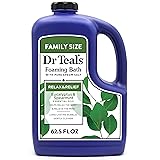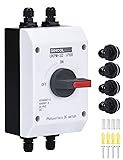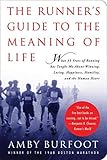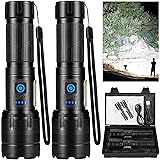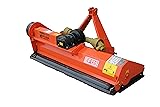All Categories
*Price and Stocks may change without prior notice
*Packaging of actual item may differ from photo shown
- Electrical items MAY be 110 volts.
- 7 Day Return Policy
- All products are genuine and original








About Snowman: The True Story Of A Champion
Product Description A twist of fate brings a man and horse together in this remarkable true story now available in a new version adapted by the author of the Marguerite Henry’s Ponies of Chincoteague series.Snowman, an Amish plow horse, was bound for the meat market when Harry deLeyer, a Long Island riding instructor, spotted him at auction. After making eye contact with the gentle giant deLeyer decided to purchase him for $80. At first, Snowman was just a horse that children rode during lessons, but when deLeyer sold him to a neighbor, the horse had other ideas. He would jump the high fences so he could return “home.” Harry then began training Snowman as a show jumper. Less than two years out of the plow fields, Snowman won the 1958 horse show jumping Triple Crown—the American Horse Shows Association Horse of the Year, Professional Horseman’s Association Champion, and Champion of Madison Square Garden’s Diamond Jubilee. Snowman was inducted into the Show Jumping Hall of Fame in 1992. About the Author Catherine Hapka has written more than 100 books for children and adults. She’s written for series as a ghostwriter and has also authored original titles. She lives in Pennsylvania.Rutherford George Montgomery (April 12, 1894–July 3, 1985) was the author of many books about animals, worked as a scriptwriter for the Walt Disney Studios, and taught creative writing. Excerpt. © Reprinted by permission. All rights reserved. Snowman CHAPTER 1 February 1956 New Holland, Pennsylvania End of the Road “BRING THE REST IN!” A voice shouted. The gray horse lifted his head from the trough where he’d been searching for stray scraps of hay. A slender teenage boy dressed mostly in black was hurrying toward the horse’s head. “Come on, big fella,” the youth said, giving a yank to loosen the knot in the rope tying the gelding to the rail over the trough. Then he grabbed the horse’s worn halter and gave a cluck and a tug. The clip on the ratty halter dug into the horse’s face, but the gray gelding gave no protest. He was used to the small aches and pains of hard work and careless handling. The horse followed without hurrying as the youth dragged him along the aisle of the auction barn. When the gray gelding had arrived, the place had been packed with horses of all shapes and sizes, tied side by side along both walls. People had wandered along the sunken walkway in between, occasionally stepping closer to lift a horse’s hoof or to flip its lip up to look for a tattoo and to check its teeth. None of the people had bothered the gray horse, however. And now, hours later, the aisle was nearly deserted. Boy and horse turned the corner into the center part of the building, where the horse fell into step behind four others, all workhorses like him but mostly much older and stoutly built, with the thick legs and massive necks of draft animals. One of the big drafts had a badly galled shoulder, and a black gelding’s back was swayed from hard work and old age. All four showed ribs through their shaggy, unkempt coats. The gray was showing the outline of ribs as well, and clearly hadn’t been groomed in a while. But unlike the others, who plodded along without raising their heads, he looked around with interest, pricking his small ears as he passed through a gate into the narrow sales ring bordered on both sides by tall wooden bleachers. Earlier, this place had been filled with people, too. Now, only a few remained. The gray gelding met the eye of one of them, a stocky man wearing a heavy mackinaw coat and a cloth cap with the earflaps pulled down against the chill of the unheated building. But the man barely seemed to see the gray before turning to look at the rest. As the gray horse passed him, the man spat a wad of tobacco onto the ground. “Sixty a head,” he called in a raspy voice. “Sold.” Another man, sitting at the wooden desk overlooking the ring, gathered the papers lying before him. “That’s all, folks.” “This way.” The youth at the gray’s head tugge




 (1)
(1)





